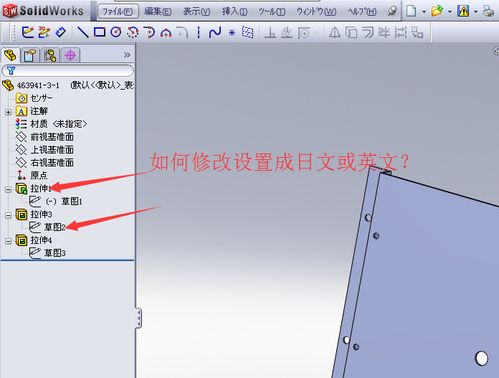Understanding the Concept of Paper Airplane Transformation

When we talk about the transformation of a paper airplane, we are essentially referring to the process of converting a simple piece of paper into a flying machine. This concept can be seen as a metaphor for creativity and innovation, where something seemingly mundane is transformed into something extraordinary.
What is a Paper Airplane?

A paper airplane, also known as a paper dart or paper glider, is a small aircraft made from a sheet of paper. It is a popular toy and has been enjoyed by people of all ages for centuries. The simplicity of its design and the ease of its creation make it a universal symbol of fun and imagination.
Transforming Paper into a Flying Machine

The transformation of a paper airplane involves several steps. First, the paper must be folded in a specific way to create the necessary aerodynamic shape. This shape typically includes wings, a tail, and a nose. The folds must be precise to ensure that the airplane will fly correctly.
Key Elements of Paper Airplane Design

There are several key elements that contribute to the successful design of a paper airplane:
Wingspan: The wingspan of the airplane should be proportional to its weight to ensure stable flight.
Angle of Attack: The angle at which the wings meet the oncoming air, known as the angle of attack, must be optimized for lift.
Center of Gravity: The center of gravity should be positioned correctly to prevent the airplane from flipping or tumbling during flight.
Weight Distribution: The weight distribution should be balanced to maintain stability and control.
The Science Behind Paper Airplane Flight

The flight of a paper airplane is governed by the principles of aerodynamics. When the airplane is thrown, it moves through the air, and the air exerts a force on the wings. This force, known as lift, is what allows the airplane to stay aloft. The angle of attack, wing shape, and weight distribution all play a role in generating lift and maintaining flight.
Evolution of Paper Airplane Design

Over time, paper airplane designs have evolved, with various modifications and innovations being introduced. Some of these include:
Streamlined Wings: Wings that are more aerodynamic, reducing drag and improving flight performance.
Variable Winglets: Small, wing-like structures at the tips of the wings that can be adjusted to control the airplane's flight path.
Propulsion Systems: Some paper airplanes are designed with small propellers to provide thrust, allowing them to fly against the wind.
Cultural Significance of Paper Airplanes

Paper airplanes are not just a toy; they hold cultural significance in many societies. In some cultures, paper airplanes are used in rituals or as a form of artistic expression. They are also a symbol of peace and unity, as they can be shared and enjoyed by people of all backgrounds.
Conclusion

The transformation of a paper airplane from a simple sheet of paper into a flying machine is a testament to the power of creativity and innovation. It is a fun and educational activity that can be enjoyed by people of all ages. Whether you are a child playing in the park or an engineer testing new designs, the paper airplane remains a timeless symbol of the possibilities of imagination.
Tags:

paper airplane, transformation, aerodynamics, design, flight, culture, innovation, education
